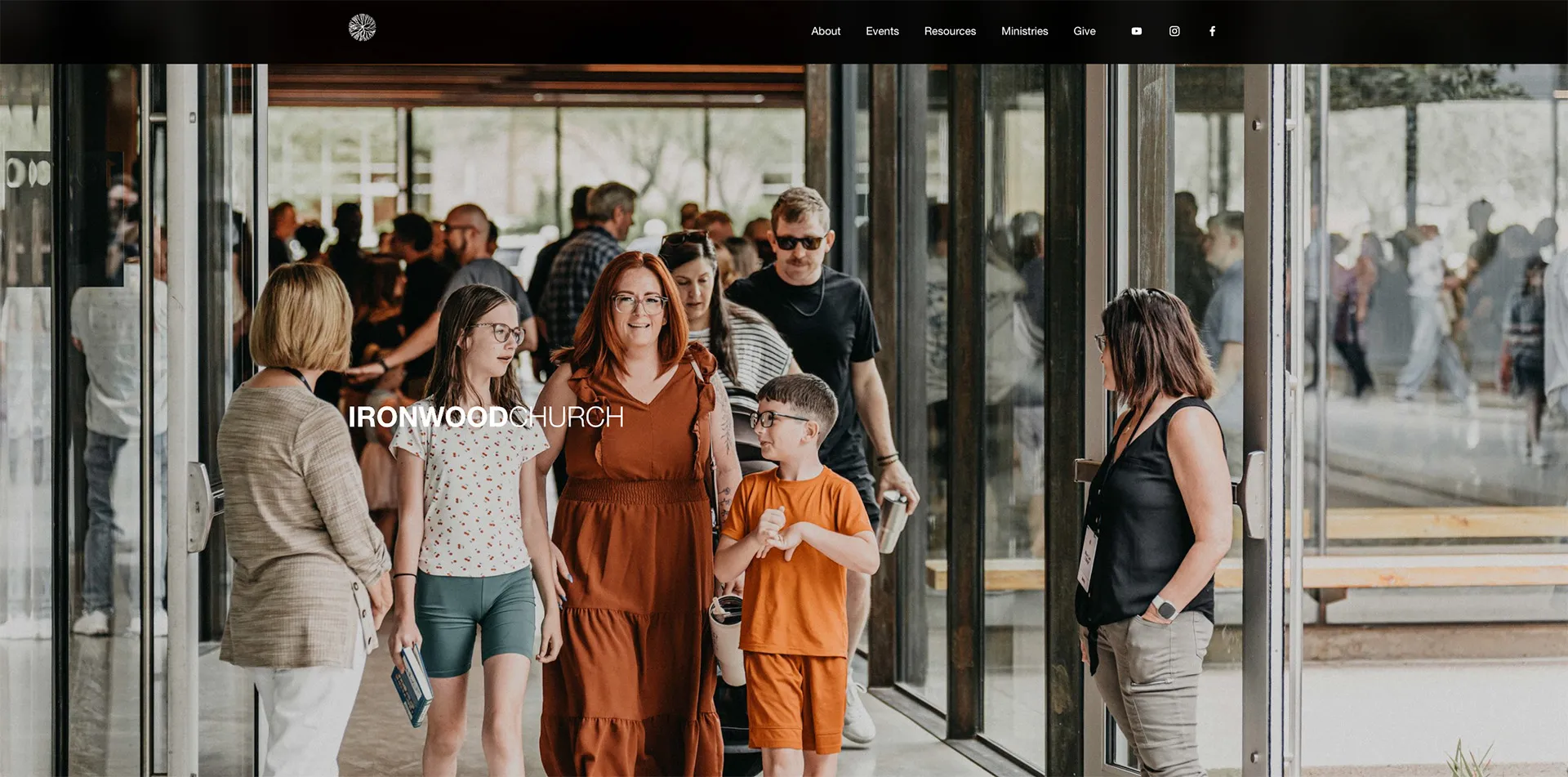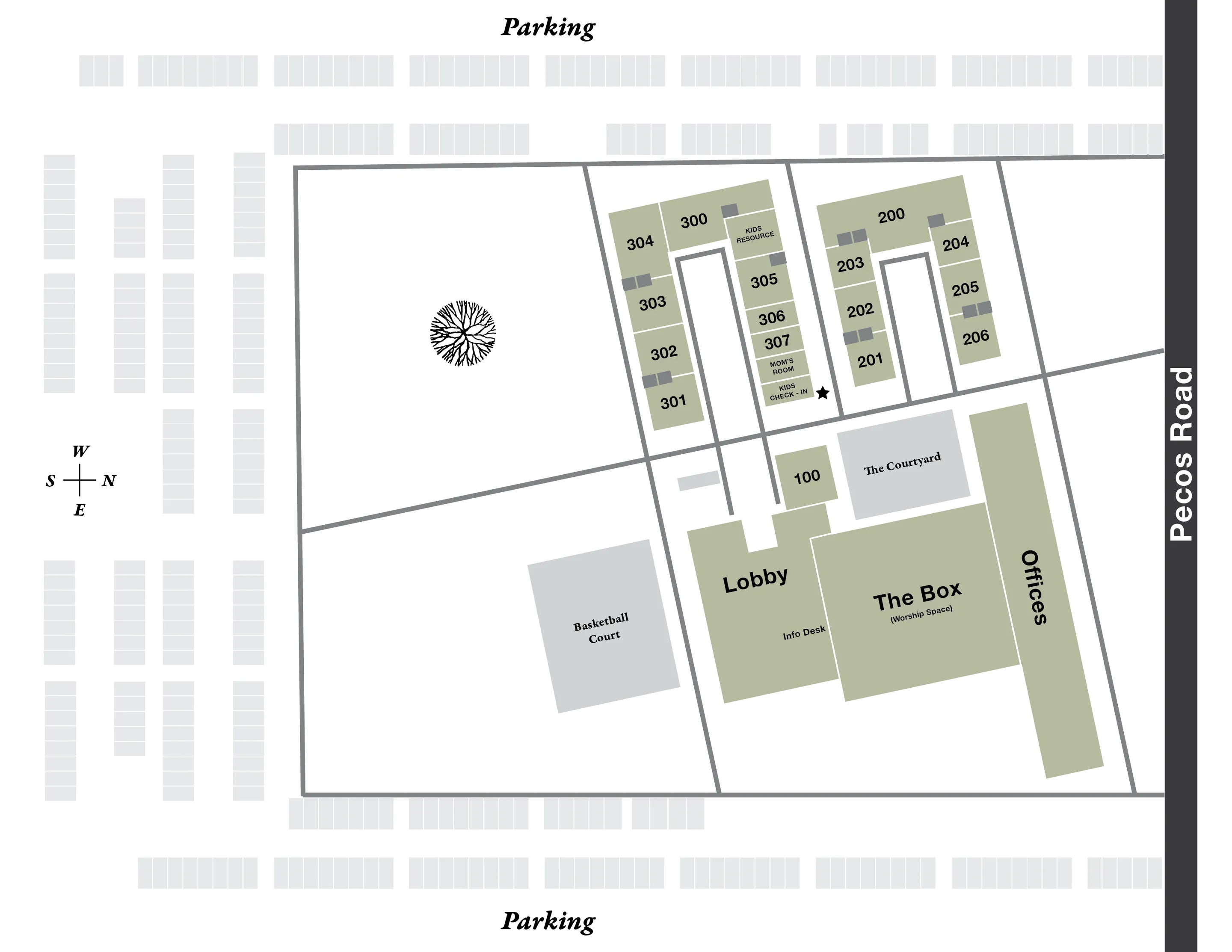The Barely-Branded Church That's Crushing It In Their Community


I recently came across a church in Arizona called Ironwood. I’m absolutely enamored with the elegant simplicity of their brand, so I thought I would share it here as inspiration.

The idenity of this church is centered around the idea that Jesus called his followers to have a soft heart and a steel spine - a rewording of the command to “be full of grace and truth” (John 1:14).
How cool is that?
In their branding and church culture, they committed to have tender hearts, overflowing with love, genuinely interested in people’s stories, quick to forgive, and humble enough not to take themselves too seriously. At the same time, they aimed growing spines of steel, with bold courage, unshakeable conviction, resilience in a world that pushes back, and a reverent fear of God.

The symbol they chose to represent that was the native Ironwood tree, which is a slow-growing, incredibly strong and resilient species. These trees become a haven for desert life, and things come near them for life and protection.
They also designed the logo to be viewed as from God’s perspective, which was a nice touch.
Finally the coolest thing about Ironwood in my opinion, is that they had an actual, 80 year-old ironwood tree transplanted to the front campus. It can be seen on their map here:

This is one of those brand identities that I didn’t get to work on, but wish I had. Hopefully you can also appreciate it’s elegance and effectiveness too.